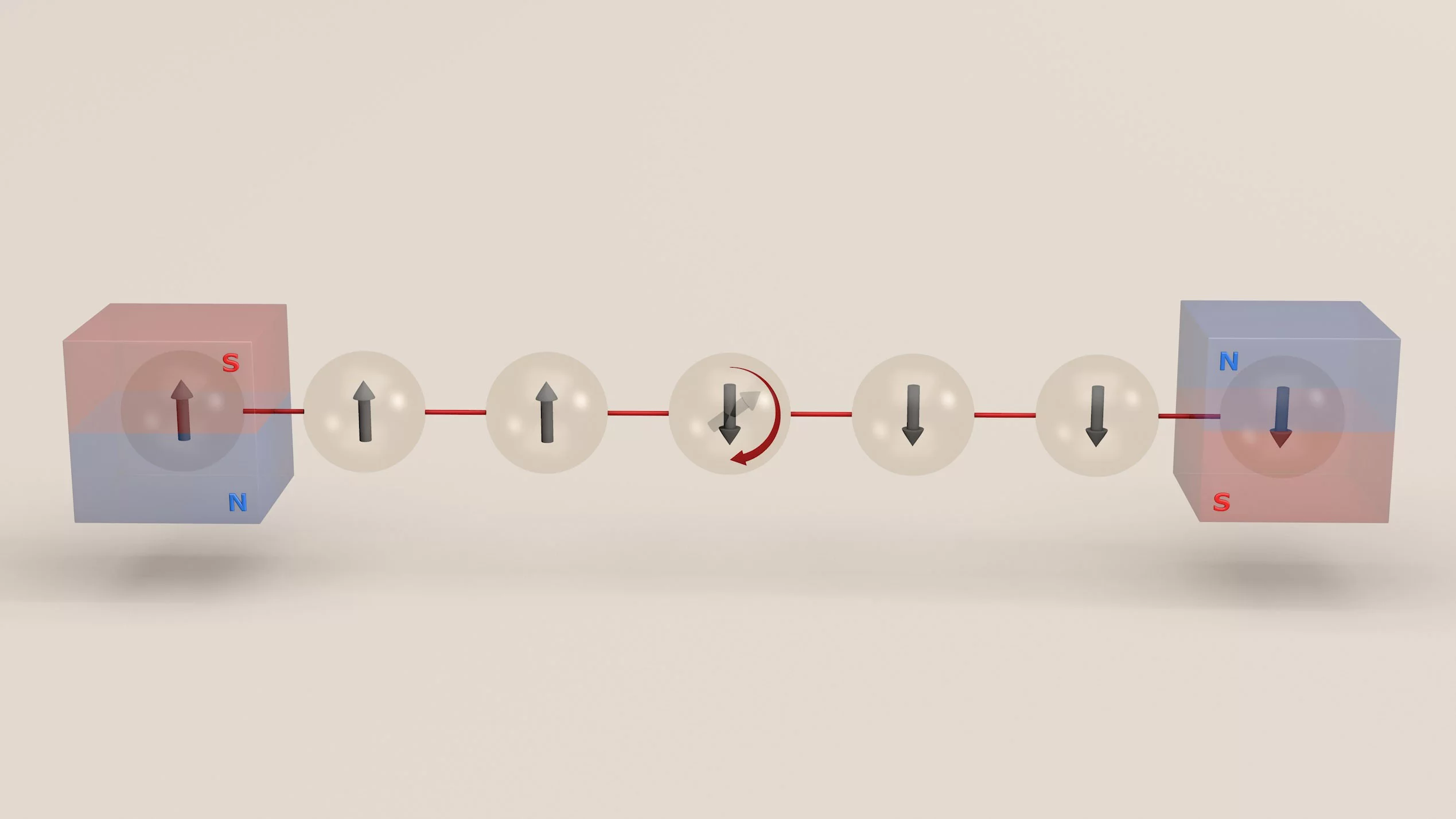Can’t wait for quantum computing? One form, quantum annealing - useful for solving optimisation problems - is already available for testing. A new method that captures noise whilst the device is in operation brings its application to real problems one step closer.
Quantum annealing is a type of quantum computing with great promise for real applications in the not too distant future. It uses the idea that low energy states in natural systems can correspond to the solutions of computationally difficult problems. Based on the principle of finding global minima in energy landscapes, the technique is particularly well suited for solving optimisation problems in diverse fields ranging from financial modelling, to drug discovery and search engine ranking. Although quantum annealing is less widely applicable than other forms of quantum computing, building larger qubit systems is much more achievable. Thus, whilst other forms of quantum computing are still confined to the research lab, quantum annealing processors possessing thousands of qubits are already commercially available.
Yet, as with all forms of computing, errors need to be understood and accounted for if we expect to gain meaningful solutions. Now a team of researchers have made an important step in managing a particular type of error known as control errors. The control parameters fix the individual qubit environments as well as the links between qubits, and should remain independent of each other and constant during the operation of a device.
“Error correction is a fundamental ingredient for any form of information technology, and is particularly difficult to specify for non-digital forms of computation such as quantum annealing,” notes Gabriel Aeppli, Division Head for Photon Science at Paul Scherrer Institute PSI and professor at ETHZ and EPFL, who initiated the project with Nick Chancellor from the University of Durham.
The researchers experimentally examined the effect of these control errors. Reporting in the journal npj Quantum Information, they found that even small errors affect the solution of strikingly simple problems. “We demonstrate that the effects of control errors can be counter-intuitive, giving non-uniform distributions within a degenerate manifold even for uncorrelated errors,” says Chancellor.
Armed with this knowledge, the team went on to develop a new protocol that captures control errors while a quantum annealer is in operation. “Our protocol captures error-causing noise that would be missed if we try to measure the errors with the conventional method,” he adds.
Compared to standard methods to measure errors of quantum annealers, the new method works in a fundamentally different way and thus has several advantages. Notably, it allows measurements to be made when qubits are coupled together, as is the case when the annealer is in operation. This gives a more realistic estimate of the effects of control errors when solving real problems. Furthermore, no special access is required beyond the ability to submit problems to the device, meaning that the method will be applicable for cases where users with limited access to the controls want to characterize errors in the controls.
“What we have achieved here is to devise a surprisingly simple method for measuring such errors when the underlying qubits are actually talking to one another”, explains Aeppli.
This research was funded by Lockheed-Martin, the ETH domain and the UK’s Engineering and Physical Sciences Research Council (EPSRC). The authors also thank the University of Southern California for allowing access to their D-Wave 2 quantum annealer as well as D-Wave Systems Inc. for access to the intermediate generation annealer.
Text: Miriam Arrell and Henry Bennie
Contact
Prof. Dr. Gabriel Aeppli,
Head of Photon Science Division (PSD)
Paul Scherrer Institute, Forschungsstrasse 111, 5232 Villigen PSI, Switzerland
Telephone: +41 56 310 42 32
Email: gabriel.aeppli@psi.ch
Original Publication
Error measurements for a quantum annealer using the one-dimensional Ising model with twisted boundaries
Nicholas Chancellor, Philip J. D. Crowley, Tanja Durić, Walter Vinci, Mohammad H. Amin, Andrew G. Green, Paul A. Warburton & Gabriel Aeppli
NPJ Quantum Information, 27.06.2022
DOI: 10.1038/s41534-022-00580-w
Copyright
PSI provides image and/or video material free of charge for media coverage of the content of the above text. Use of this material for other purposes is not permitted. This also includes the transfer of the image and video material into databases as well as sale by third parties.

